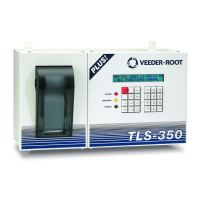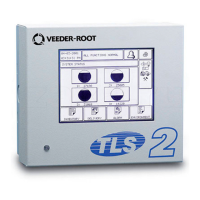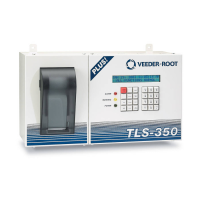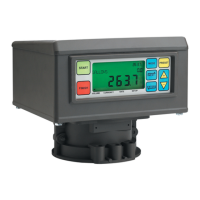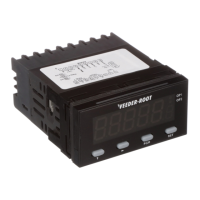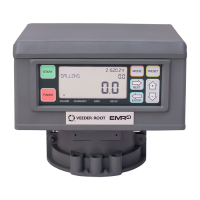7. Handling and Storage
Handling
Do not crush, pierce, short (+) and (-) battery terminals with conductive
(i.e. metal) goods. Do not directly heat o
r solder. Do not throw into fire.
Do not mix batteries of different types a nd brands. Do not mix new and u sed
batterie
s. Keep batteries in non conductive (i.e. plastic) trays.
Storage
Store in a cool (prefera bly belo w 3 0°C) and venti lated a rea, a way from
moistu
re, sources of heat, open flames, food and drink.
Keep adequate clearance between walls and batteries.
Temperature above 100°C may result in battery leaka
ge and rupture.
Since short circuit can cause b urn, l eakage an d ru pture ha zard, keep
batterie
s in original packaging until use and do not jumble them.
Other
Lithium-Thionyl chlorid e b atteries a re not recha rgeable and should not be
tentatively charge
d.
Follow M anufacturers recommendations rega rding m aximum recommended
curre
nts and operating temperature range.
Applying pressure on deforming the battery may lead to disassembly
followe
d by eye, skin and throat irritation.
8. Exposure Controls & Personal Protection
Occupational
exposure standard
Compound
Sulfur dioxide
Hydrogen chloride
8hr TWA
1 ppm
1 ppm
15min TWA
1 ppm
5 ppm
SK
-
-
Respiratory
prote
ction
In all fire situations, use self-contained breathing apparatus.
Hand
prote
ction
In the event of leakage wear gloves.
Eye
protection
Safety glasses are recommended during handling.
Other
In the event of leakage, wear chemical apron.
9. Physical and Chemical Properties
Appearance
Cylindrical or prismatic shape
Odour
If leaking, gives off a pungent corrosive odour.
pH
Not Applicable
Flash point
Not applicable unless individual components exposed
Flammability
Not applicable unless individual components exposed
Relative density
Not applicable unless individual components exposed
Solubility (water)
Not applicable unless individual components exposed
Solubility (other)
Not applicable unless individual components exposed
MSDS Li-SOCl
2
Rev. 8 October 2008

